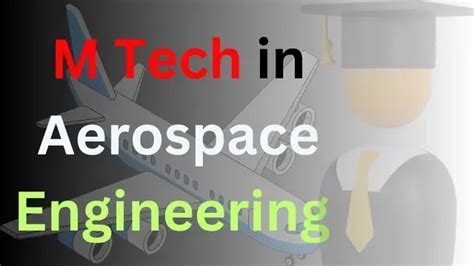At the forefront of innovation, the University of Maryland (UMD) Aerospace Engineering program empowers students with the knowledge, skills, and experience to conquer the challenges of aerospace exploration, design, and manufacturing.

A Legacy of Excellence
With a strong foundation in science, technology, and engineering, UMD Aerospace Engineering has established itself as a globally renowned program. According to the U.S. News & World Report, UMD ranks #14 nationally for its graduate Aerospace Engineering program.
Cutting-Edge Facilities
Our state-of-the-art facilities provide students with access to:
- A wind tunnel for aerodynamic testing
- A propulsion lab for engine design
- A materials lab for composite analysis
- A flight simulation center for pilot training
World-Class Faculty and Research
Our esteemed faculty includes industry experts and renowned researchers. Their expertise encompasses various aspects of aerospace engineering, including:
- Aerodynamics
- Propulsion
- Materials science
- Control systems
- Aerospace structures
UMD’s Aerospace Engineering faculty actively engage in groundbreaking research that drives advancements in the field. In 2022, the program received over $20 million in research funding from NASA, the Air Force, and other government agencies.
Hands-On Learning and Experiential Education
UMD emphasizes experiential learning through:
- Design teams that work on real-world projects
- Internships with leading aerospace companies
- Research opportunities with faculty mentors
- Industry guest lectures and workshops
Our graduates emerge from the program as highly skilled engineers, prepared to tackle complex aerospace challenges.
Career Pathways and Impact
UMD Aerospace Engineering alumni have gone on to successful careers in:
- Aerospace industry (e.g., Boeing, Lockheed Martin, SpaceX)
- Research and academia
- Government agencies (e.g., NASA, FAA)
- Technology startups
Their contributions have shaped the future of aviation, space exploration, and beyond.
Frontier Applications
UMD Aerospace Engineering is constantly exploring new frontiers in applications, such as:
- Hypersonic flight for faster and more efficient travel
- Electric propulsion for sustainable spacecraft
- Advanced air traffic management for safer and more efficient airspace utilization
- Bio-inspired materials for lightweight and resilient aircraft
- Artificial intelligence for autonomous flight systems
Innovative Strategies
UMD Aerospace Engineering faculty and students employ innovative strategies to tackle complex challenges:
- Computational fluid dynamics for optimizing aircraft designs
- Additive manufacturing for producing complex components
- Machine learning for improving flight performance
- Interdisciplinary collaboration with other engineering disciplines (e.g., materials science, computer science)
Common Mistakes to Avoid
Aspiring aerospace engineers should avoid common pitfalls:
- Neglecting fundamental engineering principles
- Focusing solely on design without considering manufacturing feasibility
- Ignoring safety and certification requirements
- Overestimating the capabilities of new technologies
- Failing to communicate effectively with stakeholders
Step-by-Step Approach to Success in Aerospace Engineering
- Master fundamental engineering principles
- Develop strong analytical and problem-solving skills
- Gain practical experience through design teams and internships
- Stay up-to-date on emerging technologies and applications
- Build a network of industry professionals and mentors
Key Statistics of UMD Aerospace Engineering
| Metric | Value |
|---|---|
| National Rank (Graduate) | #14 |
| Research Funding (2022) | Over $20 million |
| Industry Partnerships | Boeing, Lockheed Martin, SpaceX |
Applications of Aerospace Engineering
| Application | Description |
|---|---|
| Hypersonic Flight | Faster and more efficient air travel |
| Electric Propulsion | Sustainable spacecraft propulsion |
| Advanced Air Traffic Management | Safer and more efficient airspace utilization |
| Bio-Inspired Materials | Lightweight and resilient aircraft |
| Artificial Intelligence | Autonomous flight systems |
Common Mistakes in Aerospace Engineering
| Mistake | Impact |
|---|---|
| Neglecting Fundamental Engineering Principles | Structural failures, performance issues |
| Focusing Solely on Design | Manufacturing challenges, cost overruns |
| Ignoring Safety and Certification Requirements | Legal liabilities, public safety risks |
| Overestimating Technological Capabilities | Delays, project failures |
| Poor Communication | Wasted time, missed opportunities |
Strategies for Success in Aerospace Engineering
| Strategy | Benefits |
|---|---|
| Master Fundamental Engineering Principles | Solid theoretical foundation |
| Develop Analytical and Problem-Solving Skills | Effective design and troubleshooting |
| Gain Practical Experience | Industry-ready knowledge and skills |
| Stay Up-to-Date on Emerging Technologies | Innovation and competitiveness |
| Build a Professional Network | Access to industry insights and opportunities |
